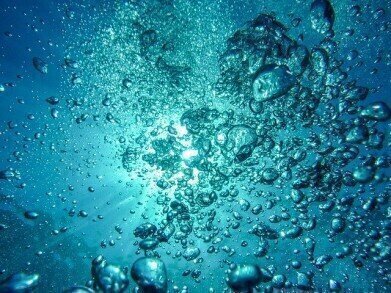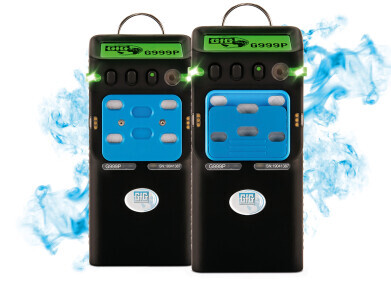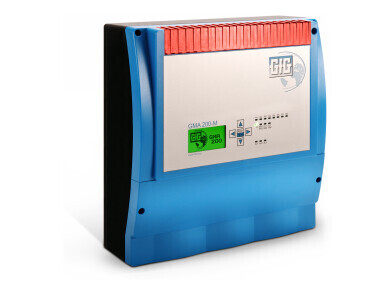Safety
How Can 'Smart Water' Improve Oil Recovery?
Mar 13 2020
A new study from Rice University could revolutionise oil recovery methods and drastically increase efficiency at reservoirs around the world. Developed by researchers at the university's Brown School of Engineering, the mechanism uses 'smart water' to enhance oil extraction and increase yield.
Sibani Lisa Biswa, a chemical and biological engineer at Rice University explains how she and her colleagues used microscopic saltwater droplets to emulsify crude oil and maximise recovery. To do this, the team carefully explored the characteristics of rock, water and crude, the three key elements needed to extract oil.
Optimising salt concentration levels
They found that productivity is heightened when water used to extract oil has ideal salt concentration levels that complement the both the crude and rock. When low-salinity brine has the capacity to create emulsion droplets in certain types of crude, it also alters what's known as the "wettability" of the rock. The team say wettability has a direct impact on interfacial tension and electrostatic interactions, which can impact how readily the oil is released from the rock.
To test the theory the researchers created two brines, one with high-salinity levels and another with 75% less salinity than seawater. They used the brines to extract six types of crude oil from Indiana limestone cores and found that the high-salinity brine actively prevented water droplets from emulsifying in crude oil.
Eliminating driving force to displace oil
The findings were published in the journal Scientific Reports, with co-lead author Jin Song explaining how the concept was inspired by wells in the North Sea. "Oil companies found that when they injected seawater, which has relatively low salinity, oil recovery was surprisingly good," he says.
Song and the team have labelled the concept 'smart water' and predict it could have a hugely positive impact on oil extraction techniques. "If you can alter your oil-wet sites to water-wet sites, then there's less of a driving force to hold the oil to the mineral surface," says Song. "In low-salinity water injection, the brine is able to displace the trapped oil. As you change from oil-wet to water-wet, the oil is released from the mineral surface."
While chemical surfactants such as soap are also an efficient way to displace oil in a reservoir, it adds a significant cost to the extraction process. Changing salt concentration to optimise brine salinity can have the same effect as a detergent at a fraction of the price.
While optimising efficiency is a top priority safety is always front of mind at oil reservoirs. Focussing on upstream and downstream oil and gas facilities, as well as other industries, 'How Optical Gas Imaging Tools Promote a Culture of Safety' spotlights the latest OGI technology
Digital Edition
PIN 25.1 Feb/March
March 2024
In This Edition Safety - The technology behind the ION Science Tiger XT - Safety with ammonia and LOHCs as hydrogen carriers Analytical Instrumentation - Discussion on new tribology te...
View all digital editions
Events
Apr 22 2024 Hannover, Germany
Apr 22 2024 Marrakech, Morroco
Apr 22 2024 Muscat, Oman
Apr 22 2024 Rotterdam, Netherlands
Apr 23 2024 Singapore


.jpg)















